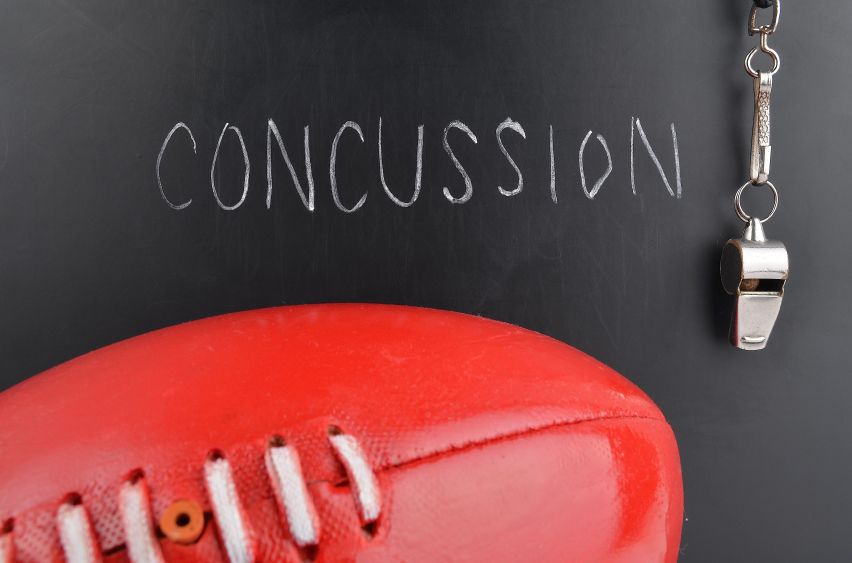
A typical high school football player receives about 650 hits to the head per season, according to researchers at Purdue University and University of Michigan. Each of these hits is the equivalent to being a seat-belted passenger in a car accident with a speed of 15-35mph.
These statistics are frightening enough for parents, but a recent Newsday study uncovered a far worse issue—many school helmets for high school teams fall far below safety standards established in 2011. These standards grade helmets on a scale of one to five stars based on their ability to reduce the risk of a concussion.
Newsday found that at the start of the football season this year, there were 885 football helmets being used in Long Island schools that were rated as poor performers (one or two stars). In addition, there were 408 helmets that were more than 5 years old and were no longer being made when the ratings standard began.
Getting schools to have the best available head protection for their athletes is just one of several things that can be done to decrease the likelihood of concussions and other injuries.
On the school level, this includes:
Read What to Know if Your Child Suffers a Sports Concussion to learn the signs and symptoms of concussions
Long Island schools are taking concussions more seriously. Many provide information to students and do have guidelines when a player suffers a serious hit to the head.
Schools do need to ensure their equipment—especially helmets—are up to code and in proper working care. It is their responsibility to do everything they can to ensure their young students are safe when playing for the school.
If your child is experiencing long-term effects of a concussions from football and you have questions about school liability, give our lawyers a call and let us answer your questions. If we think you have a case, we can sit down for a free consultation and go over legal options and the best course of action for your family. There is never a fee until we get you a monetary reward.